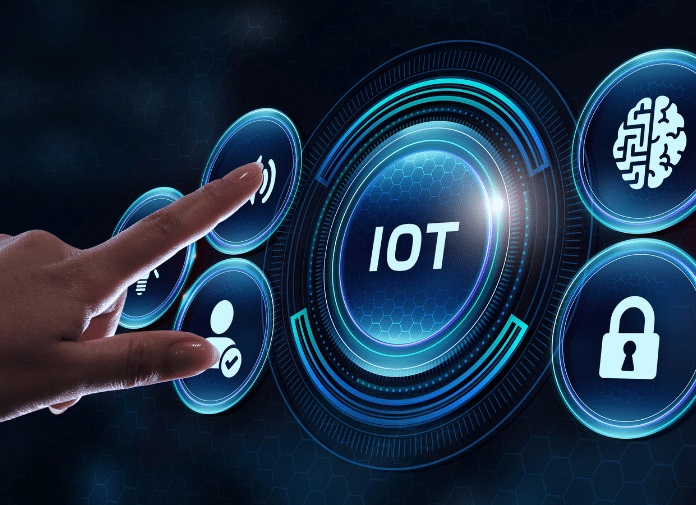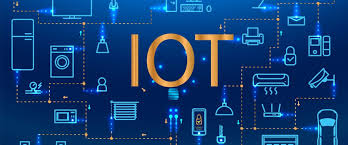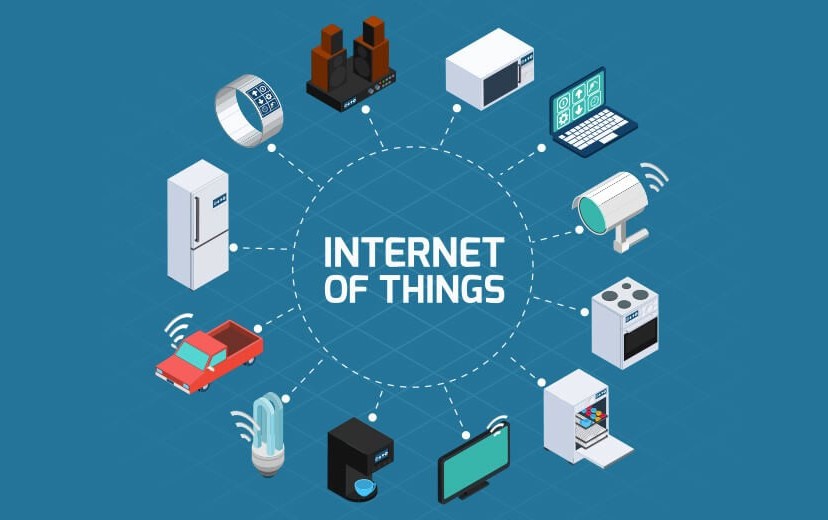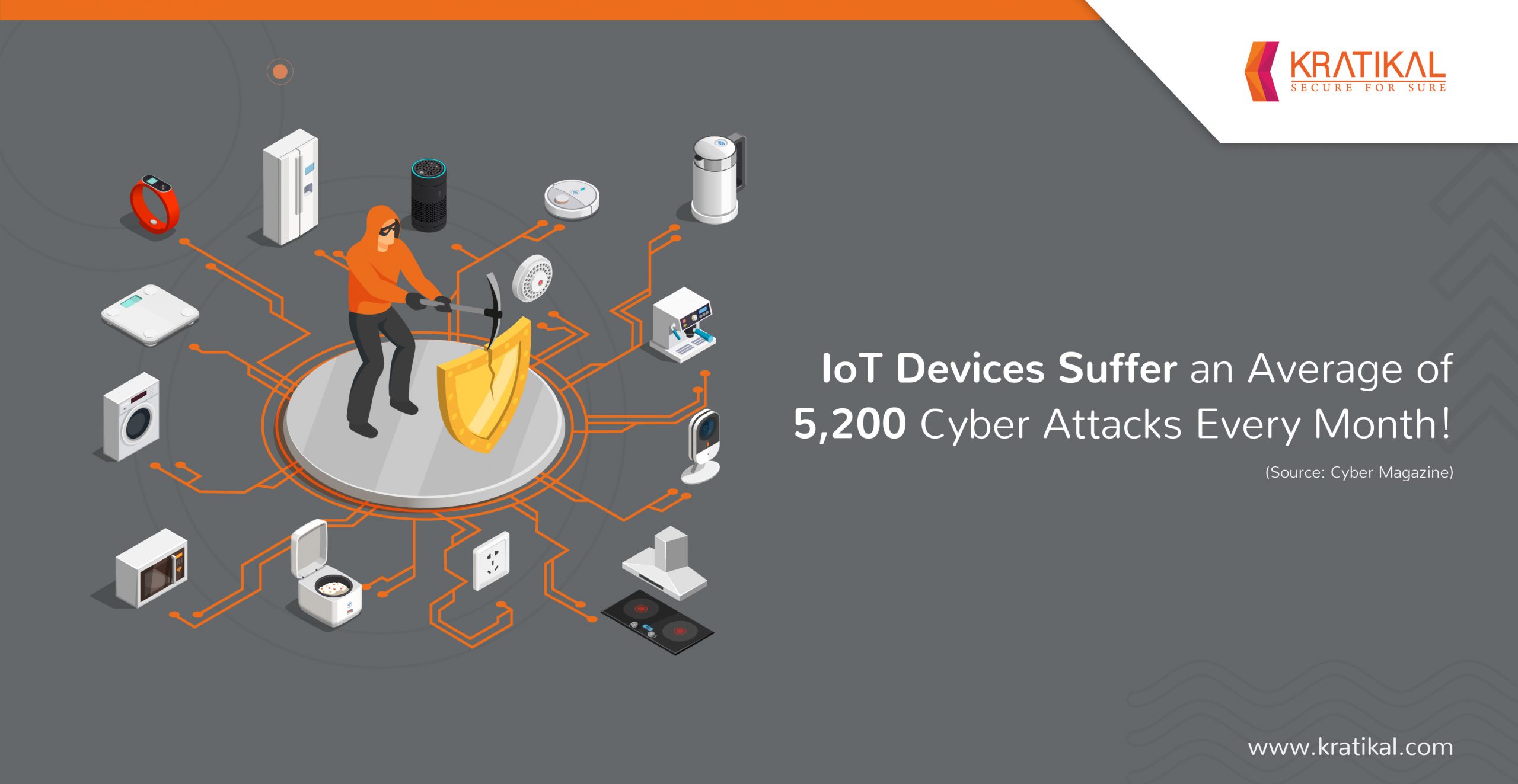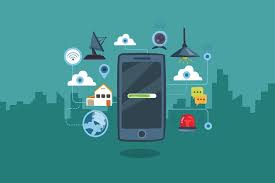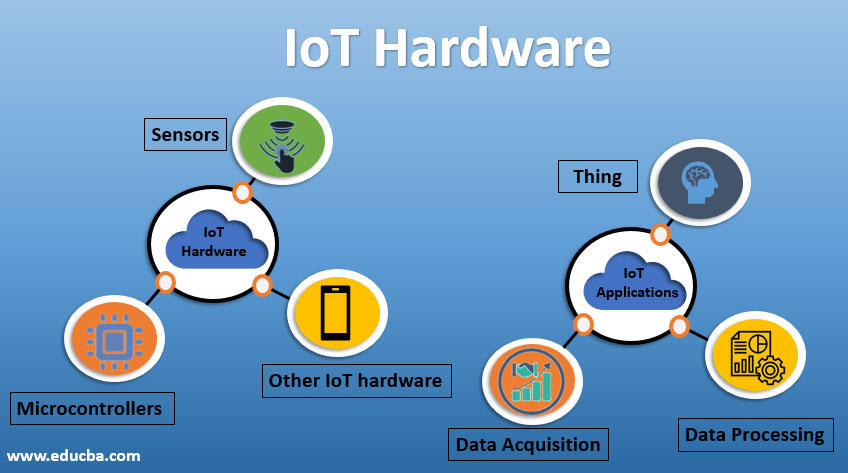26
Aug
Implementing IoT offers numerous potential benefits across various industries and domains. However, it also presents certain challenges that need to be addressed. Let's explore the potential benefits and challenges of implementing IoT: Benefits of Implementing IoT: Improved Efficiency and Productivity: IoT enables automation, real-time monitoring, and data-driven decision-making, leading to enhanced operational efficiency and productivity. It streamlines processes, reduces manual intervention, optimizes resource utilization, and minimizes downtime. Cost Savings: IoT implementation can result in cost savings through improved asset management, predictive maintenance, and energy optimization. By monitoring and maintaining assets proactively, organizations can reduce maintenance costs, extend equipment lifespan, and…
